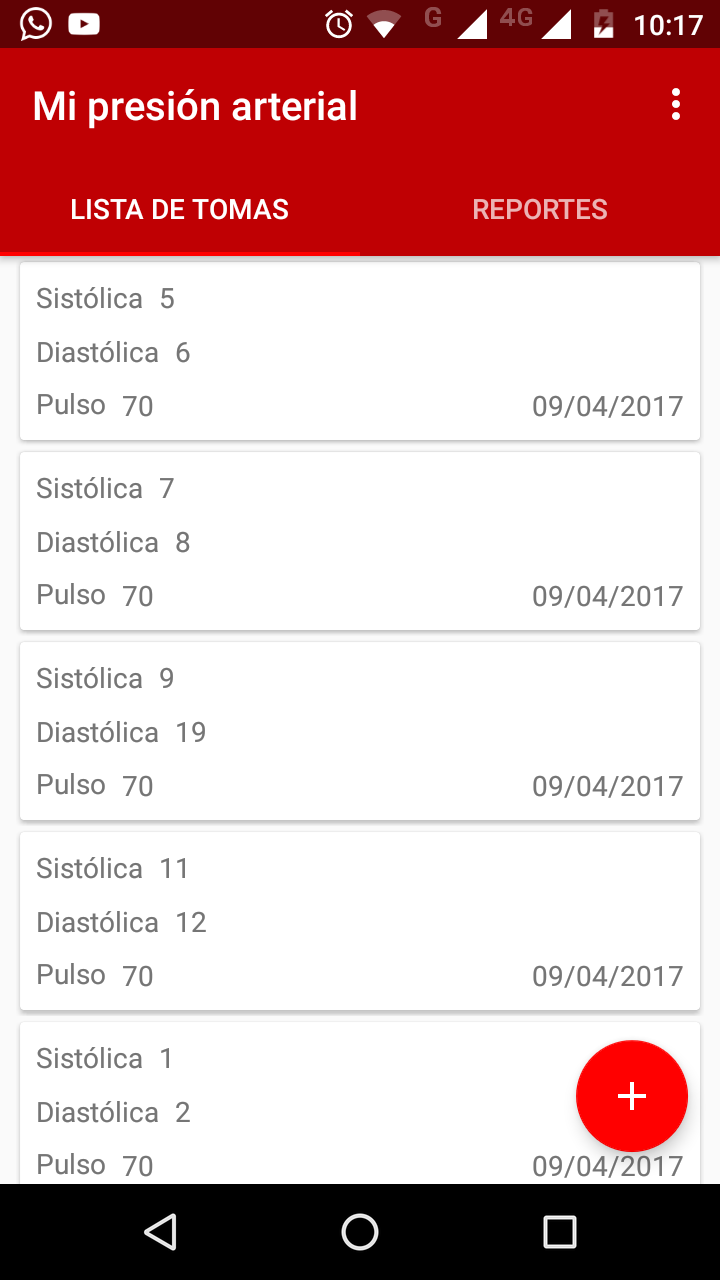如何使用 Mockito 测试 DAO 方法?
时间:2023-10-01问题描述
我已经开始发现 Mockito 库,但有一个问题我没有找到正确的答案.
I've started to discovered Mockito library and there is a question for which I didn't find the proper answer.
如果我的 UserDAO 类中有这样的方法,可以将用户保存在数据库中:
If I have for example such method in my UserDAO class that saves user in database:
public class UserDAO{
...
public void create(User user) {
Connection connection = null;
PreparedStatement pstmt = null;
ResultSet generatedKeys = null;
try {
connection = getConnection();
pstmt = connection.prepareStatement(INSERT_USER,
PreparedStatement.RETURN_GENERATED_KEYS);
int counter = 1;
pstmt.setString(counter++, user.getFirstName());
pstmt.setString(counter++, user.getLastName());
pstmt.setString(counter++, user.getEmail());
pstmt.setString(counter++, user.getPassword());
pstmt.setString(counter++, user.getRole());
pstmt.setString(counter, user.getLang());
pstmt.execute();
connection.commit();
generatedKeys = pstmt.getGeneratedKeys();
if (generatedKeys.next()) {
user.setId(generatedKeys.getInt(Fields.GENERATED_KEY));
}
} catch (SQLException e) {
rollback(connection);
LOG.error("Can not create a user", e);
} finally {
close(connection);
close(pstmt);
close(generatedKeys);
}
}
....
}
我应该如何测试它?
如果我想测试一个 DAO 类,那么我需要创建一个 DataSource 模拟、Connection 模拟、ResultSet 模拟等吗?所以不测试数据库本身?
If I want to test for example a DAO class then I need to create a DataSource mock, Connection mock, ResultSet mock etc ? And so not to test the database itself ?
但是如果我还想测试 dao 和 database 的行为呢?
But what if I want to also test the behavior of dao and database ?
您能否提供一些可能有用的代码示例、链接并展示最佳方法?
Would you please produce some code samples, links that could be helpful and show best approaches of doing it ?
推荐答案
这是使用 Mockito 测试您的 UserDAO 的良好开端.此代码使用了大量的 Mockito 功能,因此您可以了解如何使用它们.如果您有任何问题,请告诉我.
Here is a good start using Mockito to test your UserDAO. This code uses a good amount of the Mockito features, so you can see how to use them. Let me know if you have questions.
import java.sql.Connection;
import java.sql.PreparedStatement;
import java.sql.ResultSet;
import java.sql.SQLException;
import javax.sql.DataSource;
import org.junit.After;
import org.junit.AfterClass;
import org.junit.Before;
import org.junit.BeforeClass;
import org.junit.Test;
import static org.junit.Assert.*;
import org.junit.runner.RunWith;
import static org.mockito.Matchers.anyInt;
import static org.mockito.Matchers.anyString;
import org.mockito.Mock;
import static org.mockito.Mockito.doNothing;
import static org.mockito.Mockito.times;
import static org.mockito.Mockito.verify;
import static org.mockito.Mockito.when;
import org.mockito.runners.MockitoJUnitRunner;
@RunWith(MockitoJUnitRunner.class)
public class TestUserDAO {
@Mock
DataSource mockDataSource;
@Mock
Connection mockConn;
@Mock
PreparedStatement mockPreparedStmnt;
@Mock
ResultSet mockResultSet;
int userId = 100;
public TestUserDAO() {
}
@BeforeClass
public static void setUpClass() throws Exception {
}
@AfterClass
public static void tearDownClass() {
}
@Before
public void setUp() throws SQLException {
when(mockDataSource.getConnection()).thenReturn(mockConn);
when(mockDataSource.getConnection(anyString(), anyString())).thenReturn(mockConn);
doNothing().when(mockConn).commit();
when(mockConn.prepareStatement(anyString(), anyInt())).thenReturn(mockPreparedStmnt);
doNothing().when(mockPreparedStmnt).setString(anyInt(), anyString());
when(mockPreparedStmnt.execute()).thenReturn(Boolean.TRUE);
when(mockPreparedStmnt.getGeneratedKeys()).thenReturn(mockResultSet);
when(mockResultSet.next()).thenReturn(Boolean.TRUE, Boolean.FALSE);
when(mockResultSet.getInt(Fields.GENERATED_KEYS)).thenReturn(userId);
}
@After
public void tearDown() {
}
@Test
public void testCreateWithNoExceptions() throws SQLException {
UserDAO instance = new UserDAO(mockDataSource);
instance.create(new User());
//verify and assert
verify(mockConn, times(1)).prepareStatement(anyString(), anyInt());
verify(mockPreparedStmnt, times(6)).setString(anyInt(), anyString());
verify(mockPreparedStmnt, times(1)).execute();
verify(mockConn, times(1)).commit();
verify(mockResultSet, times(2)).next();
verify(mockResultSet, times(1)).getInt(Fields.GENERATED_KEYS);
}
@Test(expected = SQLException.class)
public void testCreateWithPreparedStmntException() throws SQLException {
//mock
when(mockConn.prepareStatement(anyString(), anyInt())).thenThrow(new SQLException());
try {
UserDAO instance = new UserDAO(mockDataSource);
instance.create(new User());
} catch (SQLException se) {
//verify and assert
verify(mockConn, times(1)).prepareStatement(anyString(), anyInt());
verify(mockPreparedStmnt, times(0)).setString(anyInt(), anyString());
verify(mockPreparedStmnt, times(0)).execute();
verify(mockConn, times(0)).commit();
verify(mockResultSet, times(0)).next();
verify(mockResultSet, times(0)).getInt(Fields.GENERATED_KEYS);
throw se;
}
}
}
这篇关于如何使用 Mockito 测试 DAO 方法?的文章就介绍到这了,希望我们推荐的答案对大家有所帮助,也希望大家多多支持html5模板网!
相关文章
 如何检测 32 位 int 上的整数溢出?How can I detect integer overflow on 32 bits int?(如何检测 32 位 int 上的整数溢出?)
如何检测 32 位 int 上的整数溢出?How can I detect integer overflow on 32 bits int?(如何检测 32 位 int 上的整数溢出?) return 语句之前的局部变量,这有关系吗?Local variables before return statements, does it matter?(return 语句之前的局部变量,这有关系吗?)
return 语句之前的局部变量,这有关系吗?Local variables before return statements, does it matter?(return 语句之前的局部变量,这有关系吗?) 如何将整数转换为整数?How to convert Integer to int?(如何将整数转换为整数?)
如何将整数转换为整数?How to convert Integer to int?(如何将整数转换为整数?) 如何在给定范围内创建一个随机打乱数字的 intHow do I create an int array with randomly shuffled numbers in a given range(如何在给定范围内创建一个随机打乱数字的 int 数组)
如何在给定范围内创建一个随机打乱数字的 intHow do I create an int array with randomly shuffled numbers in a given range(如何在给定范围内创建一个随机打乱数字的 int 数组) java的行为不一致==Inconsistent behavior on java#39;s ==(java的行为不一致==)
java的行为不一致==Inconsistent behavior on java#39;s ==(java的行为不一致==) 为什么 Java 能够将 0xff000000 存储为 int?Why is Java able to store 0xff000000 as an int?(为什么 Java 能够将 0xff000000 存储为 int?)
为什么 Java 能够将 0xff000000 存储为 int?Why is Java able to store 0xff000000 as an int?(为什么 Java 能够将 0xff000000 存储为 int?)
 如何使用 SimpleDateFormat.parse() 将 Calendar.toString()How can I Convert Calendar.toString() into date using SimpleDateFormat.parse()?(如何使用 SimpleDateFormat.parse() 将 Calendar.toString() 转换为日期?)
如何使用 SimpleDateFormat.parse() 将 Calendar.toString()How can I Convert Calendar.toString() into date using SimpleDateFormat.parse()?(如何使用 SimpleDateFormat.parse() 将 Calendar.toString() 转换为日期?)